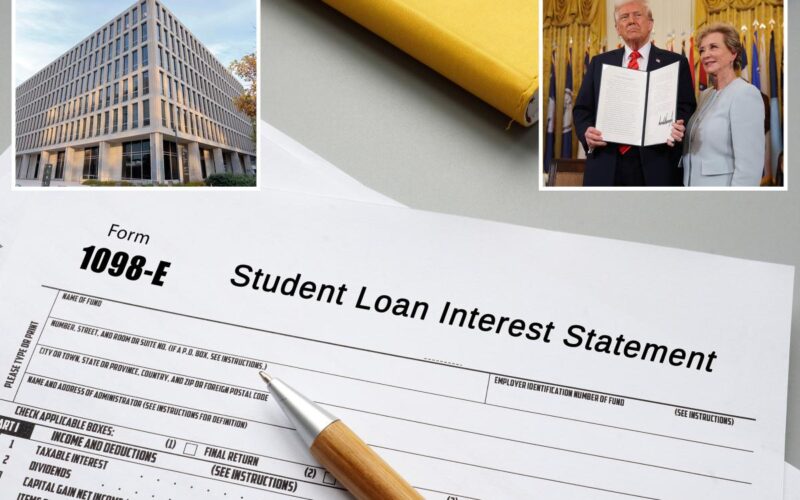Even during the government shutdown, some student loan borrowers have been notified that they are eligible for debt cancellation – and there are several steps they should take to safeguard their finances.
Last month, the Trump administration agreed to restart loan forgiveness for eligible borrowers on the Income Contingent Repayment plan and the Pay as You Earn plan.
It was part of an agreement with the American Federation of Teachers – which represents 1.8 million members including teachers, healthcare employees and public workers – after the union sued the White House.
Though the government shutdown – officially the longest in US history – entered its 38th full day on Friday, some borrowers have started to receive notifications that they are eligible for student loan forgiveness.
Experts are urging borrowers to save these debt cancellation notices with the date, in case they are wrongly taxed, according to a CNBC report.
In its agreement last month, the White House confirmed that borrowers who become eligible for student loan forgiveness this year will not owe federal taxes on the relief.
Borrowers whose debt is cancelled early next year also will not be taxed on the forgiven amount, to cover any delays between when someone becomes eligible for the relief and when their balance is wiped clean.
But it’s always important to keep a dated notification of your eligibility in case you incorrectly receive an IRS tax form for the loans.
Meanwhile, if you become eligible for student loan forgiveness later in 2026, you will have to pay federal taxes. These borrowers will receive an IRS Form 1099-C showing the forgiven amount that will be taxed as if it’s regular income.
Borrowers who anticipate having their balance forgiven next year should start saving up for that tax payment, which can run up thousands of dollars.
However, they can also ask to set up a plan through the IRS, so they don’t have to make all their payments in one lump sum, or even ask to reduce or eliminate the federal tax bill due to financial hardship, experts told CNBC.
Depending on your home state, borrowers might also owe state taxes on the cancelled debt if they become eligible in 2026 or later.
Most importantly, experts advised borrowers to keep stringent records of their debt cancellation, in case your loan servicer makes a mistake and restores the debt to your name.
Information on your account status can be found at studentaid.gov or with your loan servicer.
You should also contact your loan servicer if your credit score does not reflect the cancelled debt within a few months.
Borrowers who made payments after they became eligible for debt cancellation might be owed a refund. In this case, you should check with the Department of Education or your loan servicer.
Experts also told CNBC that borrowers who receive loan forgiveness should use the new boost in discretionary income wisely, allocating that extra monthly cash to build up an emergency fund or work toward financial goals.
More than 40 million Americans hold student loans, with the outstanding debt exceeding $1.6 trillion.








